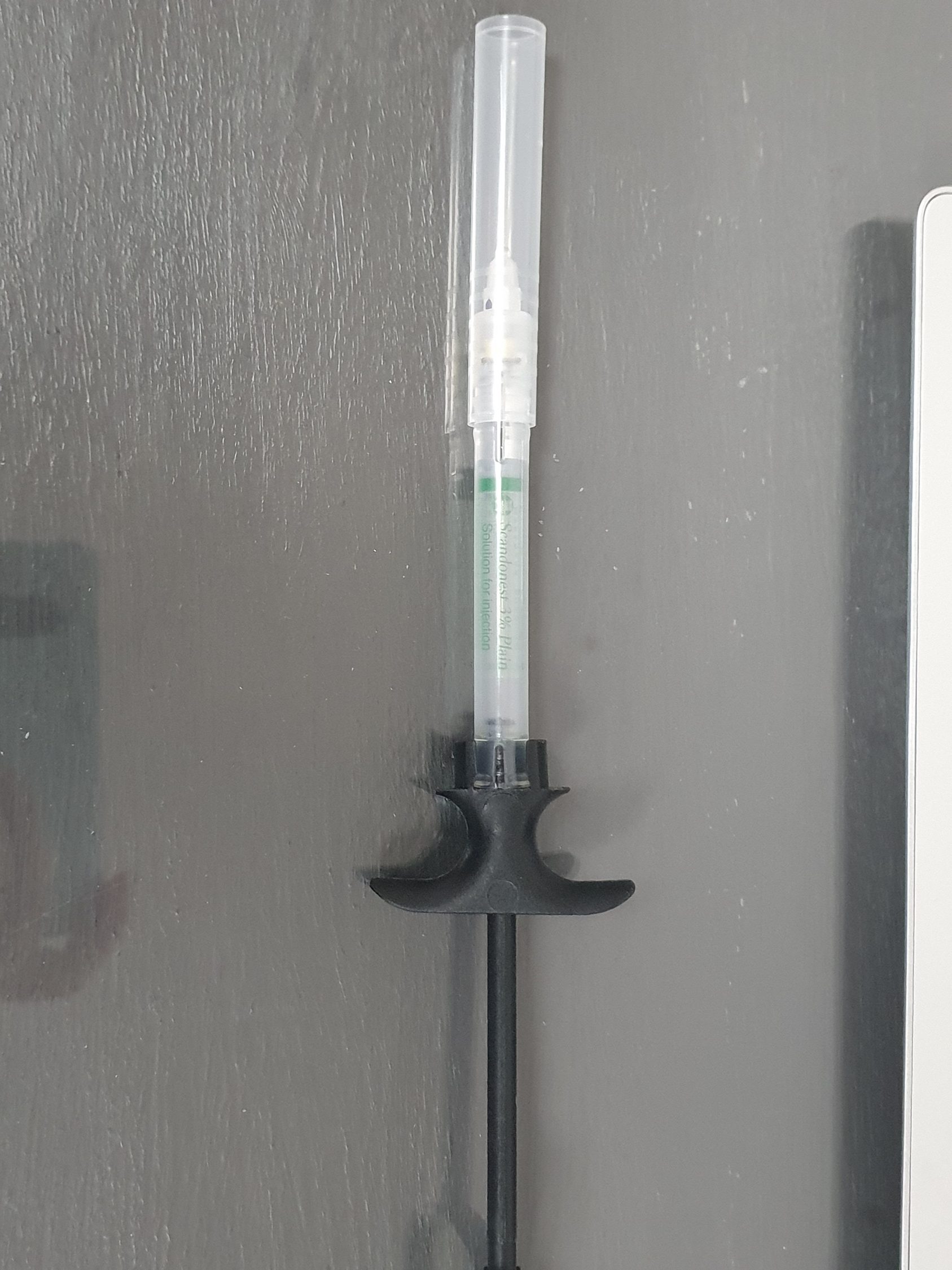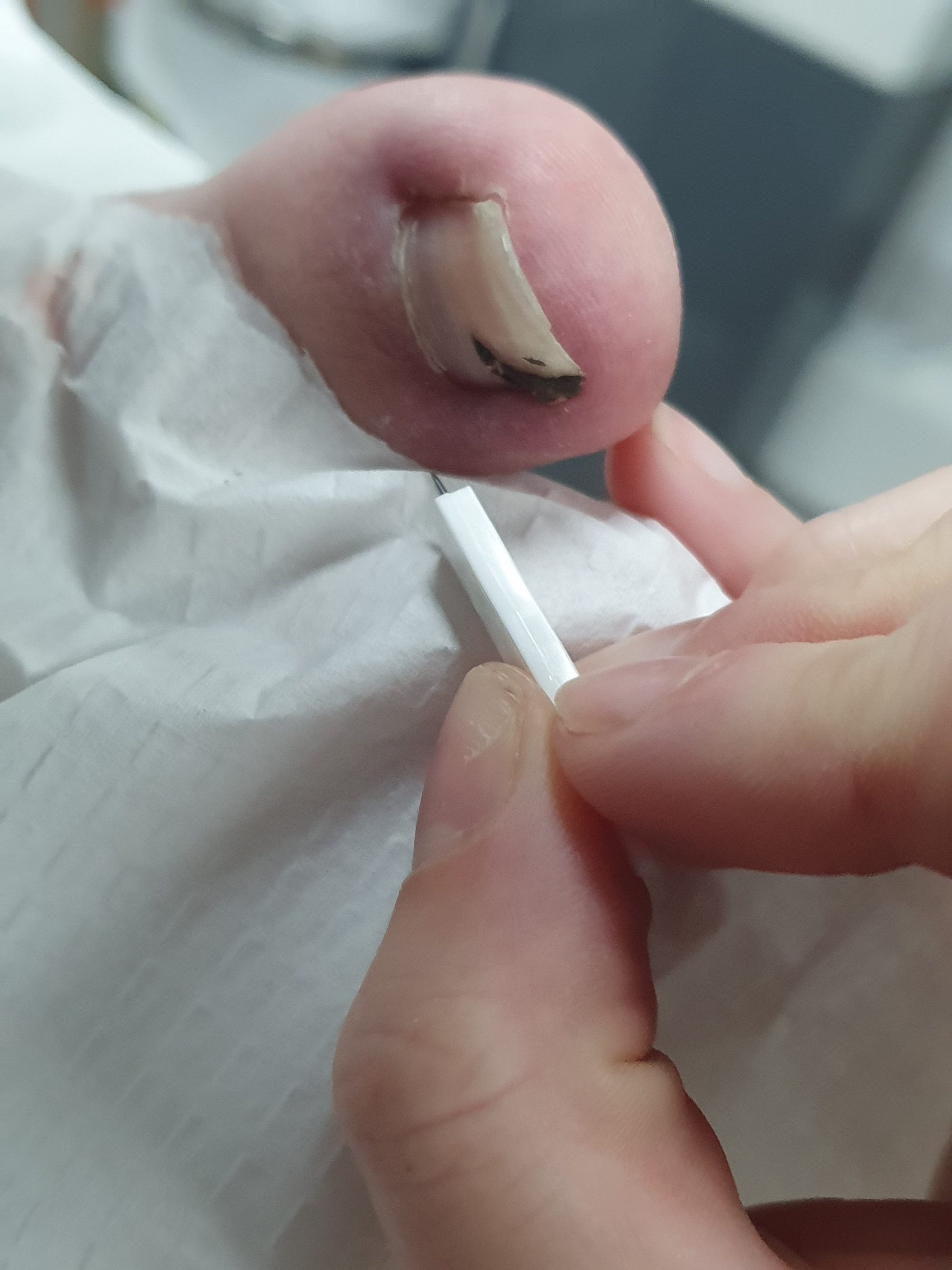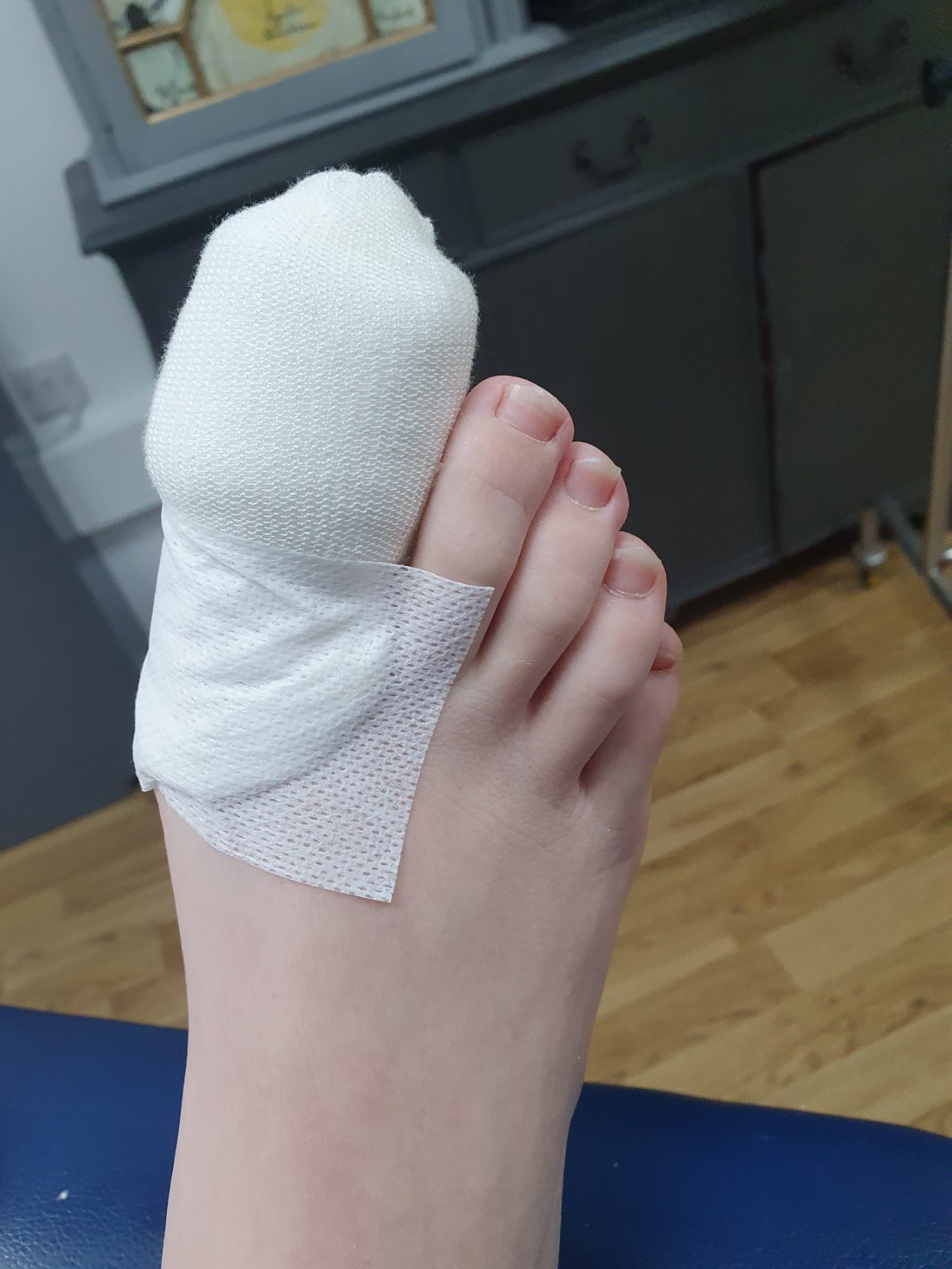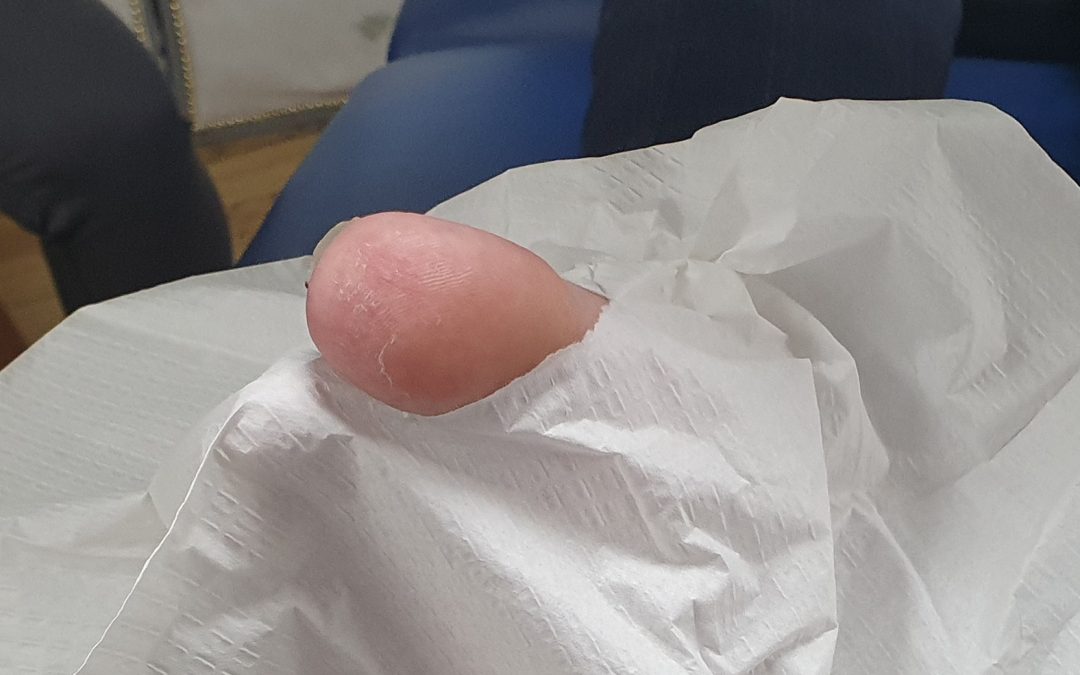Podiatrists use toenail surgery to permanently correct ingrowing toenails – an issue where the nail curves and grows into the skin. To qualify as an ingrowing toenail, the area doesn’t necessarily have to be red and full of pus. But what is common, is the pain. Unless you’ve suffered from one, it’s hard to imagine how unbearable it can be. It can take over your life!
To find out more about what causes ingrowing toenails and how to prevent them, check out our previous blogs.
Before surgery
Before considering toenail surgery, we’ll book you in for an assessment. It’s important we know the background of the problem, your previous medical history, and any medication you might be on to help guide our treatment plan. In most cases, we’ll explore non-surgical treatments to rectify the issue first. But if this is unlikely to work or isn’t possible – or fails to solve the problem after trying it – we’ll recommend surgery. If we decide it’s right for you, we’ll book a separate appointment for the procedure, often within the same week.
Is it a major procedure?
Toenail surgery is classed as a minor procedure. This means it’s no worse than going to the dentist to have a tooth out. It’s always done by your usual podiatrist, in the same room as any normal treatment, rather than a theatre setting. You might need the whole nail removed, although 9 times out of 10, only a small section of nail needs to be taken off.
Is it right for you?
Toenail surgery isn’t suitable for everyone. For people who are allergic to phenol or anaesthetic, and those who have poor circulation, it’s not recommended. Certain medication and medical conditions can make surgery off-limits, though in rare cases, you can discuss with your doctor about temporarily pausing certain medications. Also, it’s only offered to pregnant woman in emergency cases.
During surgery
Anaesthetising the area
The first step is to numb the area with a local anaesthetic. We use the same anaesthetics – even same types of syringes and needles – as dentists. This makes the toe completely numb, whilst leaving you awake and able to move about. Though the syringe might look big and scary, only a tiny part of the needle goes into the toe. The needle is also very thin and bendy. A larger syringe is safer, because it allows the podiatrist to administer the anaesthetic at a distance, helping to avoid injecting their hand, rather than the patient’s toe!
No injection is pain-free, but it is over very quickly. It’s worth remembering that the sensation you’re feeling often isn’t the needle – it’s the stretching of your toe, as we push the anaesthetic into it. Once injected, you’ll no longer feel any discomfort. In fact, most people say that the pain of the ingrowing toenail is far worse than the injection, and after the operation, this pain also disappears.

Checking the toe is numb
After about 5-10 minutes the toe should be totally numb. It will feel heavy and a bit ‘fluffy’ like cotton wool. If you have never had a local anaesthetic before, it might feel strange, since all your other toes won’t be numb at all. To make sure the anaesthetic has done its job, we gently prod your toe with a tool called a neurotip. You may feel a pressing sensation, but no pain. We then do a squeeze test. Normally, squeezing your toe would be extremely painful, but after the anaesthetic you shouldn’t feel a thing.
Will I see the surgery being done?
We set up a trolley and drape so you cannot see your toe. All you’ll see is the podiatrist and their equipment – we have a lot of tools, but don’t worry, we often only use a couple.

Making the removal
Before carrying out the toenail surgery, we apply a colourful rubber ring around the base of the toe. Sorry, you don’t get to choose your favourite! The rings, which are designed to restrict blood flow, are colour coded by size, blue being the largest. Once the ring is on, a minute or two later, the nail or the section of the nail is off. No blood and gore, problem solved.
Preventing it coming back
If we left the nail like this, the problem will most definitely return, usually in a worse state. We therefore use a chemical called phenol to prevent it from returning, which takes about three minutes to apply.
After surgery
Bandaging up
Once the procedure is complete, it’s time to dress the area. Why such large bandages? Two reasons; to remind you to take special care of the area and to get a sympathy vote from friends and family! It’s amazing how many chair legs jump out from nowhere just after toenail surgery.
Redressing and advice
Before you leave, we’ll give you a redressing pack and advice on how to care for your toe over the next week or so. We’ll show you how to apply these dressings, but it’s simple to do. We also provide you with a cleaning spray which you need to apply every day after showering, before applying the new dressing.
For the next day you’ll need to rest and and keep your foot elevated. The anaesthetic usually takes about 2-4 hours to wear off, leaving no pain or discomfort afterwards.

Following up
We’ll usually ask to see you again in week or so to check things over, but please allow 2-4 weeks, or longer if the whole nail is removed, for the area to heal completely. Once healed the nail will look normal, and you’ll be back to enjoying all the things you missed out on when your ingrowing toenail was so painful.
So, in answer to the title question: aside from a little discomfort when the anaesthetic is injected, the procedure is completely pain and trouble free.
If you suspect you have an ingrowing toenail speak with us today on 01635 791301. Why wait in discomfort? People who’ve had toenail surgery say their lives have been totally transformed by it. They also wish they’d had it sooner!


